1. Lohagarh Fort


Lohagarh Fort, aptly named the “Iron Fort,” stands as a testament to the indomitable spirit of Bharatpur in Rajasthan, India. With a history steeped in resilience and defiance, this fortress has withstood countless assaults, including the formidable siege led by Lord Lake in 1805. Despite enduring over six weeks of relentless attacks, the fort remained impregnable, thwarting every attempt to breach its walls.
This formidable stronghold boasts two grand gates: the Ashtadhatu gate to the north, crafted from eight metals, and the Chowburja gate facing south, adorned with four pillars. Within its sturdy confines lie monumental structures like the Kishori Mahal, Mahal Khas, and Kothi Khas, each echoing tales of valor and triumph.
Jawahar Burj, erected by Raja Jawahar Singh in 1765, commemorates his decisive victory over the Mughals at the Battle of Delhi. Similarly, Fateh Burj, commissioned by Raja Ranjeet Singh in 1805, stands as a monument to his triumph over the British during the Siege of Bharatpur.
2. Keoladeo National Park
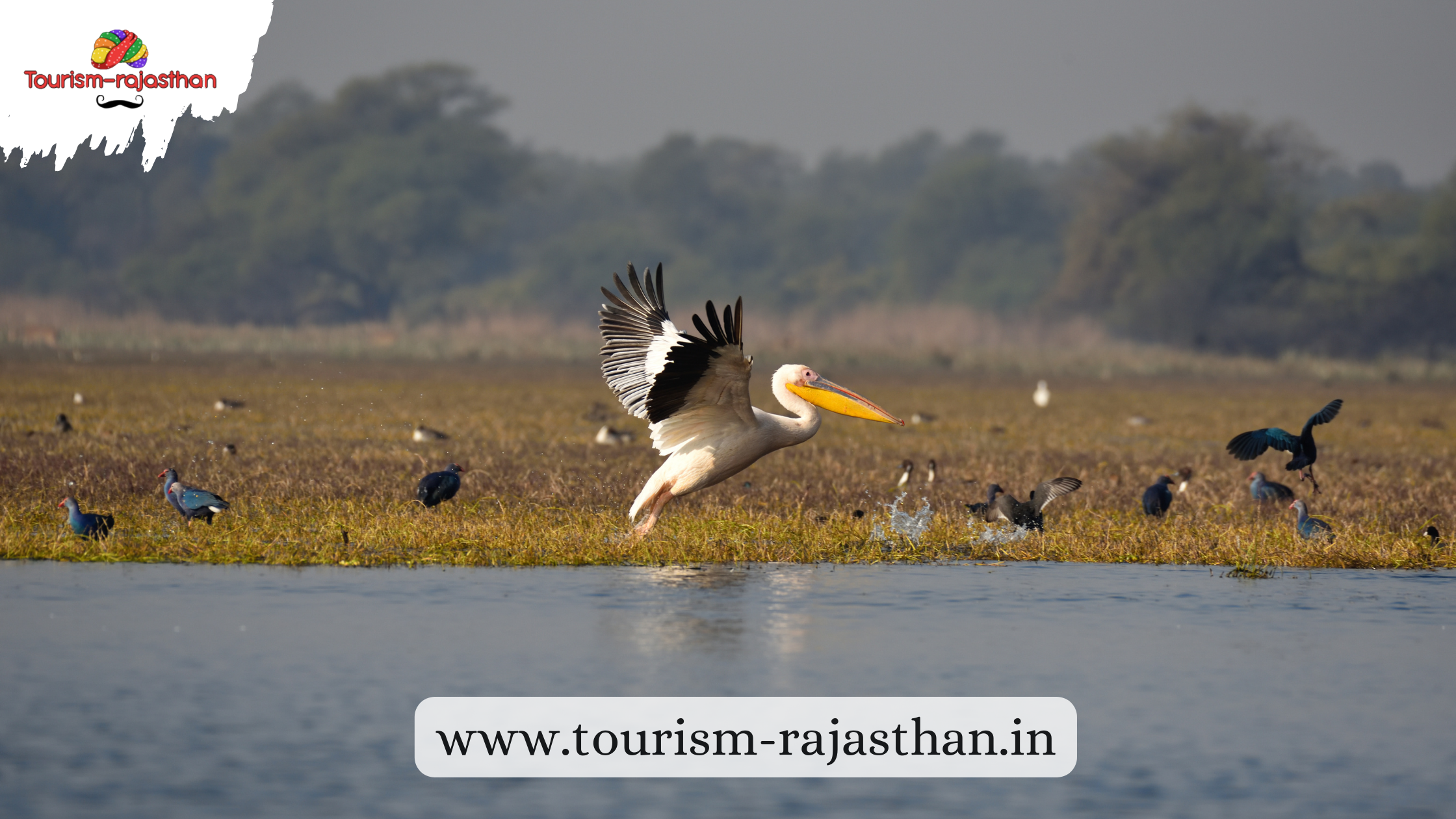

Keoladeo National Park, formerly Bharatpur Bird Sanctuary, is a UNESCO World Heritage Site and avian sanctuary in Bharatpur, Rajasthan. Hosting over 400 bird species, it’s a haven for birdwatchers and photographers, especially during winter migrations from Eurasia. Established in 1971 and upgraded to a national park in 1982, it’s crucial for conserving avian biodiversity and providing essential water sources. Maharaja Suraj Mal’s Ajan Bund construction transformed it into a wetland 250 years ago. The park also houses diverse fish, reptile, mammal, and botanical species. Its role in conserving migratory waterfowl and resident birds is pivotal, making it a hotspot for breeding and wintering activities. With tourism facilities and ongoing conservation efforts, Keoladeo stands as a vital sanctuary for nature enthusiasts worldwide.
3. Government Museum Bharatpur
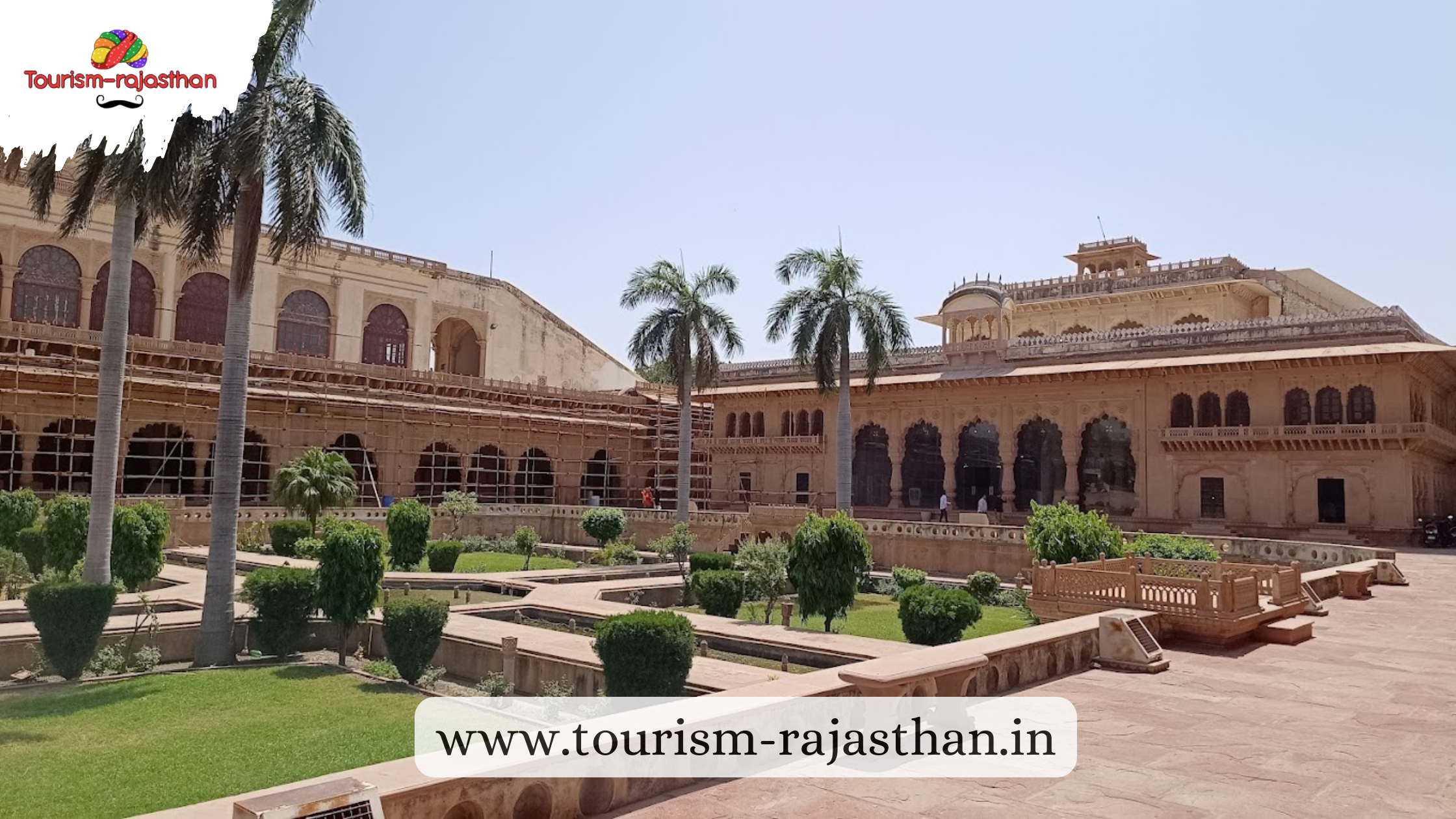

The Government Museum of Bharatpur, situated in the Lohagarh Fort, showcases the cultural heritage of the Bharatpur princely state since its establishment in 1944. Initially housed in the Kachahri Kalan building, it later expanded to include the Kamara Khas building, both dating back to Maharaja Balwant Singh Ji’s era.
The museum’s archaeological section exhibits stone sculptures, inscriptions, terracotta items, and coins from the Kushan period to the 19th century AD. The Arms Section displays weaponry used by Jat warriors and acquired from the British Empire.
Handicrafts, furniture, musical instruments, garments, textiles, and silverware are featured in various galleries. Architectural marvels like the Darbar Hall and Choubhaga Chaman Bageechi adorn the museum complex.
A visit to the Government Museum offers a journey through Bharatpur’s rich history and craftsmanship, encapsulated within the walls of the historic Lohagarh Fort.
4. Deeg Palace


Deeg Palace in Rajasthan, India, epitomizes the grandeur of the Jat rulers of Bharatpur State, serving as their opulent summer retreat since 1772. Initially established as the capital under Badan Singh, it was fortified by his son, Suraj Mal, against invaders. Suraj Mal’s conquests, including the capture of Delhi, led to the relocation of structures like the Red Fort’s marble building within the palace complex.
Reflecting Mughal influences, the palace boasts gardens reminiscent of Mughal Charbagh layouts. Its central quadrangle, surrounded by lush greenery and fountains, offers respite from the summer heat. Notable features include the Keshav Bhawan, a monsoon pavilion adorned with arches and intricate fountains.
During festivals like Holi, the palace dazzles with colorful water displays, enhancing its unique ambiance with thunder-like sounds produced by strategically placed metal balls. Visitors can explore the king’s bedroom, featuring an enormous black granite bed.
5. Bandh Baretha


Bandh Baretha is a vital freshwater wetland and wildlife sanctuary located 50 kilometers south of Bharatpur city in India. Covering 10 square kilometers, it serves as a crucial habitat for migratory birds and stores drinking water for the region. Situated near the Kakund river, it houses 67 water bird species, including six globally threatened ones. During low rainfall years, its population of water birds increases, making it a significant wetland. It acts as a refuge for birds, especially during adverse conditions in nearby Keoladeo National Park. The sanctuary’s aquatic vegetation resembles that of Keoladeo National Park, emphasizing its ecological importance. Bandh Baretha contributes to the conservation of wetland ecosystems and supports biodiversity in the region.
6. Bayana Fort
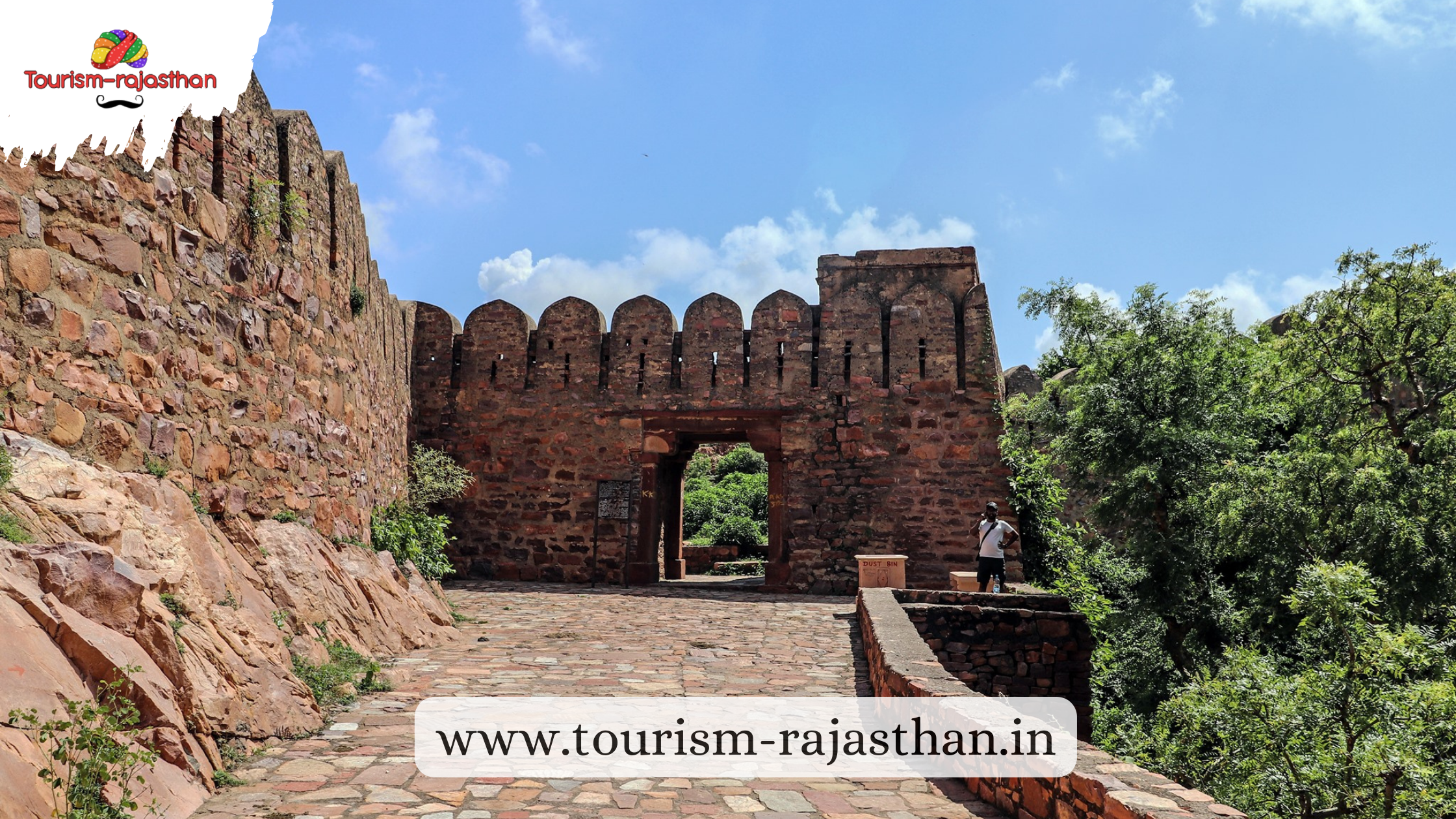

Bayana Fort, erected by Jadon Rajput ruler Vijaypala in AD 1040, stands as a testament to Bayana’s ancient history and cultural significance. Home to the revered Nil ki Mandi during the Mughal era, Bayana is also notable for its substantial Muslim community, with a mosque known as Usha Mosque.
Legend has it that Bayana was once considered for Muslim pilgrimage, with a mosque marking the spot. The Usha Temple at Bhinabari attests to the city’s connection to Banasura, as described in ancient texts. Dating back to 322 AD, Bayana boasts historical relics like the Yajna Pillar erected during the Gupta dynasty.
Under the Gurjar Pratihara dynasty and later rulers like Maharaja Vijayapala, Bayana flourished with numerous buildings and inscriptions. The Bhimalat or Vijay Pillar, built in 371, stands as a testament to Bayana’s ancient glory, with intricate engravings and a rich history dating back over 2000 years.
7. Kaman or Kamaban
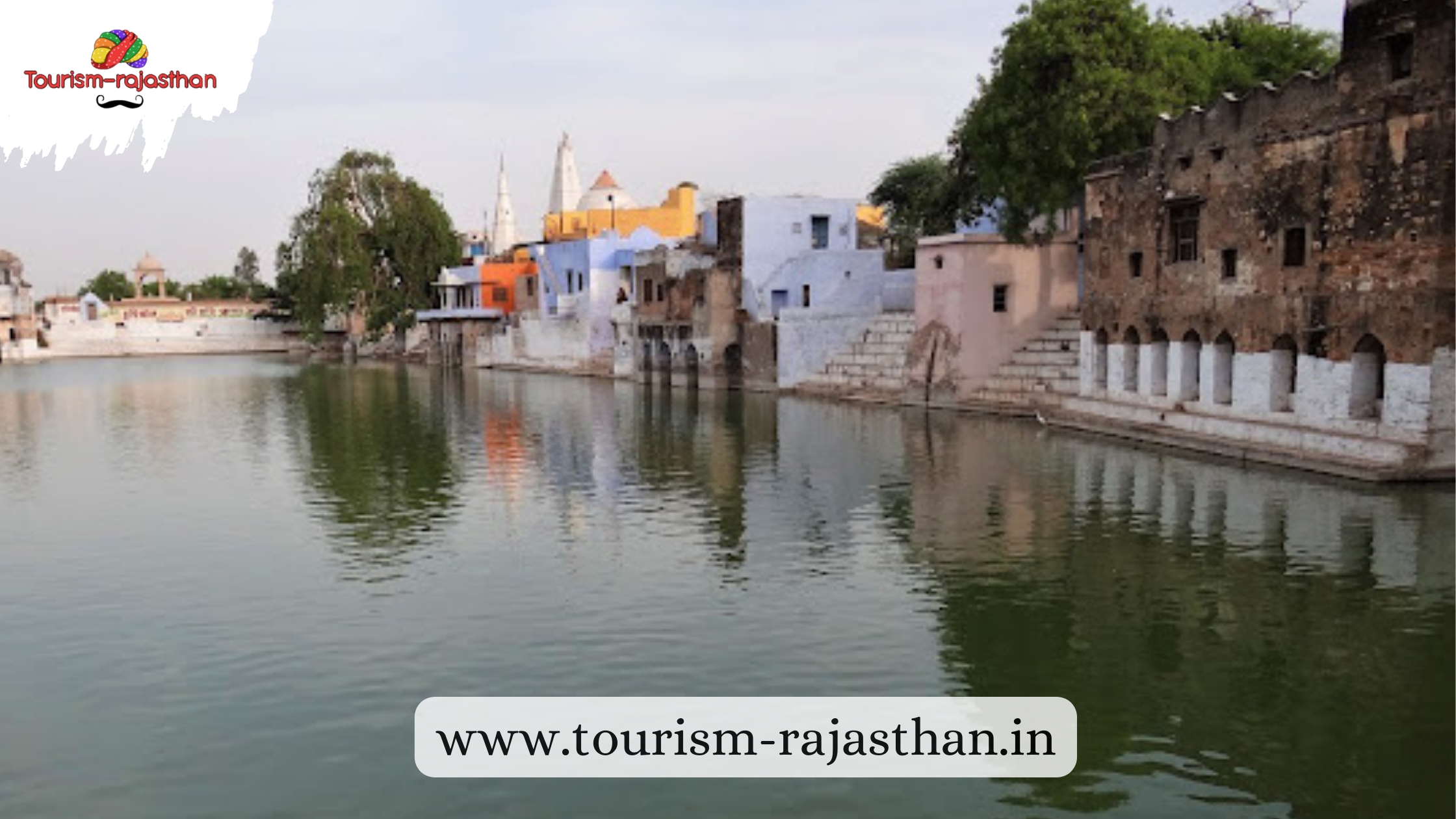

Kaman, nestled in the Deeg district of Rajasthan, holds significant historical and religious importance, being part of the revered Braj area associated with Lord Krishna’s early life. Renowned for its temples, it houses two prominent Shuddhadvaita peeths of Vallabhacharya Mahaprabhuji: the Gokulchandramaji temple and the Madanmohanji temple, both serving as spiritual landmarks.
Legend has it that Kaman was once Brahampore, renamed by King Kamasen, Lord Krishna’s grandfather. Its sacredness extends to other Hindu temples like the Kameswara Mahadeva Siva Temple, Govindaji Temple, Vimala Kunda, and the enigmatic Chaurasi Khamba Temple, known for its 84 intricately carved pillars.
Kaman’s mystique deepens with the symbolism of number 84, reflected in its 84 ponds, 84 temples, and 84 hectares of land, divided into 84 small water pools. The Chaurasi Khamba Temple, particularly intriguing, boasts 84 pillars, although the exact count remains elusive, adding an air of mystery to this ancient monument.
Despite its historical significance and religious fervor, Kaman also attracts curiosity for its spooky aura, with visitors unable to accurately count the temple’s pillars, leading to speculation and wonder. As a blend of spirituality, history, and enigma, Kaman invites exploration and contemplation, offering visitors a glimpse into the rich tapestry of Rajasthan’s cultural heritage.
8. Shree Ganga Maharani Temple


The Ganga Maharani Temple, nestled in the heart of Bharatpur city, stands as a magnificent testament to Rajasthan’s architectural splendor and religious fervor. Constructed in the mid-19th century by Maharaja Balwant Singh, its pristine white marble deity of Ganga Maharaj is a sight to behold. The temple’s unique construction involved a collective effort, with the city’s affluent inhabitants donating one month’s pay towards its creation.
The temple’s architecture is a blend of various styles, featuring artistic carvings, intricate sculptures, and mosaic work. Notably, the Bansi Pahadpur stone of almond color adds to its unmatched beauty. The resonant gong of the temple reverberates across distances, symbolizing its spiritual significance.
As a center of faith for Hindus, the temple holds a revered place in the hearts of devotees, symbolizing holiness and purification. Its historical heritage and architectural grandeur make it a must-visit destination for those seeking spiritual solace and admiration for Rajasthan’s rich cultural legacy.
9. Laxman Temple
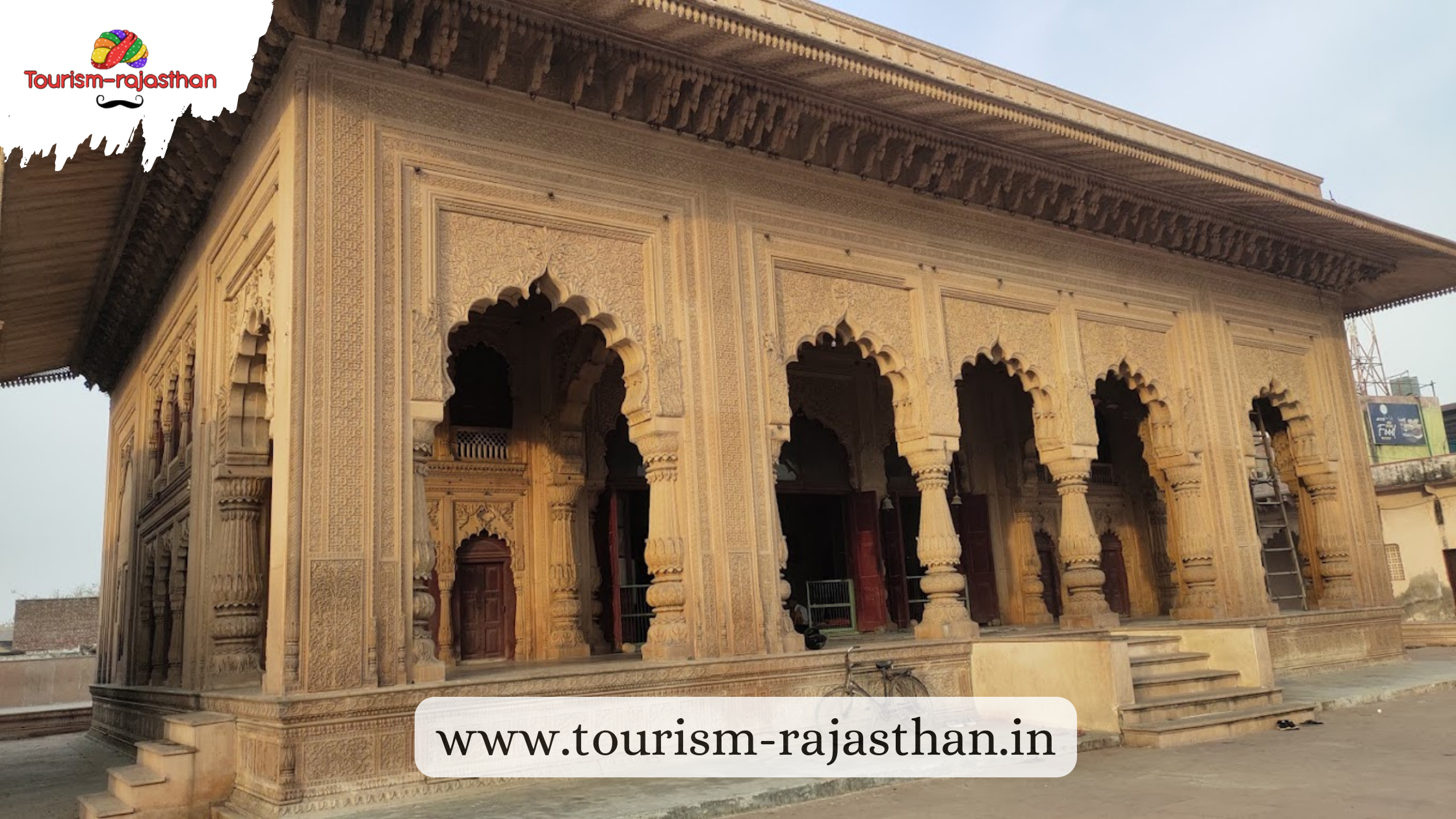

Laxman Mandir, an age-old shrine in Bharatpur, Rajasthan, holds a sacred aura steeped in history and devotion. Believed to be over 400 years old, this temple pays homage to Laxman, the revered brother of Lord Ram. Situated in the heart of the city, its Rajasthani-style architecture attracts thousands of devotees annually.
Legend has it that the temple was founded by the sage Naaga Baba, known for his humanitarian deeds. Presently maintained by his descendant, the temple’s upkeep may lack grandeur, but it brims with spiritual fervor. Daily rituals, including ceremonial hymns during aarti, resonate within its walls from 7 am to 7 pm.
Another temple dedicated to Lord Laxman, built by Baldev Singh, stands nearby, housing idols made of “Ashtdhaatu,” a blend of eight metals. Dating back three centuries, this marble and sandstone structure holds significance in Bharatpur’s history, symbolizing victory and divine blessings.
Both temples, adorned with idols of Laxman, Urmila, Hanuman, Shtrughan, Bharat, and Ram, witness bustling Hindu calendar events, drawing devotees seeking solace, blessings, and a glimpse of ancient heritage. As integral parts of Bharatpur’s cultural fabric, these temples remain cherished landmarks for locals and tourists alike.
10. Seetharam Temple


Nestled within the serene expanse of the Bharatpur Bird Sanctuary, the Seetharam Temple offers a tranquil escape amidst nature’s embrace. Amidst the lush greenery and melodious birdcalls, this temple beckons seekers of solace and serenity.
Surrounded by the harmonious symphony of chirping birds and playful monkeys, the temple provides a perfect setting for quiet contemplation and meditation. Legend has it that the sacred lingam enshrined here emerged from the earth centuries ago, adding to the temple’s revered aura.
Located in the heart of the Keoladeo Ghana National Park, the temple welcomes visitors from 8 am to 5 pm, offering free entry to all seeking spiritual solace amidst the enchanting beauty of nature. Whether seeking inner peace or simply basking in the tranquility of the surroundings, the Seetharam Temple promises a blissful retreat for the soul.



